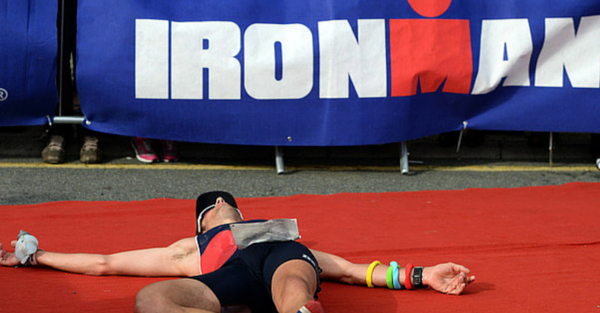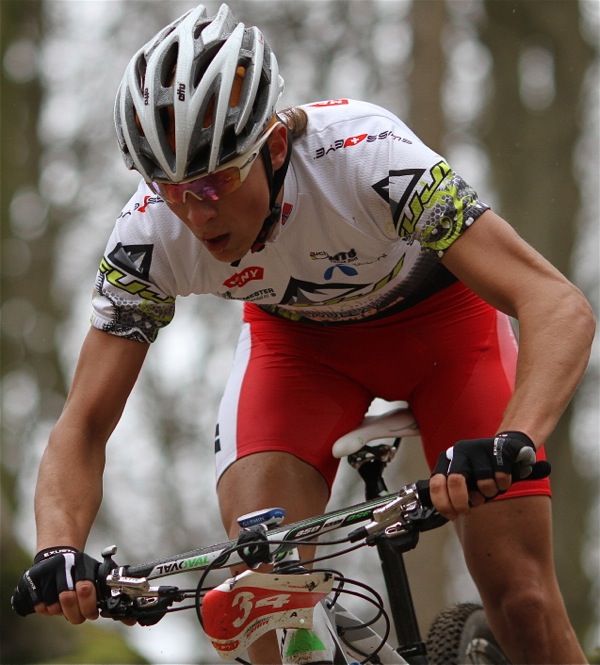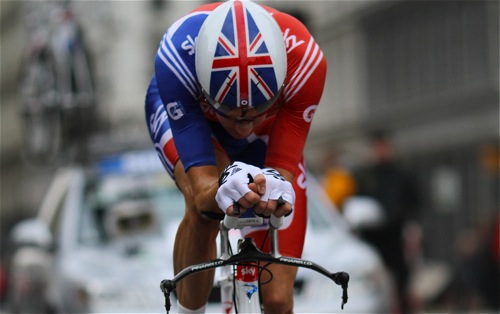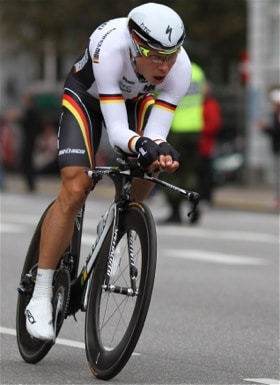Today is the first stage in Tour de France 2008 with big mountains. This is always an exciting stage to watch because it is the first really indication of who will be able to win the yellow jersey. Nevertheless, we will ver likely only find out who will NOT be able to win the yellow jersey today. But it should certainly be interesting to watch.
You will probably hear the commentators talk about the skill climbing and maybe also a bit more technical about how many watts each rider has performed in tests before the Tour de France this year.
Watts the problem?
It seems like there are two values when people discuss power outputs: Watts and watts per kilogram. The first one is an absolute value that predicts performance in flat races while the second one is often used to predict performance on hills. Watts per kilogram is often used as a more sophisticated way to present physical performance because it represents a power output that is relative to your body weight. Experienced riders already know that when you climb, body weight matters. Thus, additional fat stores are more expensive to carry on mountain stages than on flat stages.
Watts per kilogram the golden standard?
Watts per kilogram is often a better indicator of overall performance than absolute watts. But it is not as precise predictor of performance as it could be. With some simple adjustments it would give you a better picture of how you will perform. What I am talking about is making some values that give the body weight slightly less impact when you predict climbing performance and add some impact to your body weight when you predict time trial performance.
It all depends…
The reason for these modifications is because climbing results cannot be predicted by watts per kilogram only. The problem appears when small riders achieve greater values in watts per kilogram, but don’t win the mountain stages. This can be explained by the fact that the external weight of the bike is carried by the rider independently of body size and several other factors that influence on overall performance e.g. gradient, wind resistance and tactics. Thus, it is not possible to simplify the prediction of performance by using the metric watts per kilogram. Yes, that is definitively one of the best predictors we have, but it can be optimized with some modification and other factors should also be at least considered.
Watts per kilogram^X would possible be a better predictor of performance because there are no events that can be predicted accurately by watts or watts per kilogram only. Body weight will always play a role and normally play the biggest role in the mountains (X closer to 1). Also it is worth to remember that body weight influences on time trial performance even though it is not very important in flat time trials with a constant high race velocity (X closer to 0).




